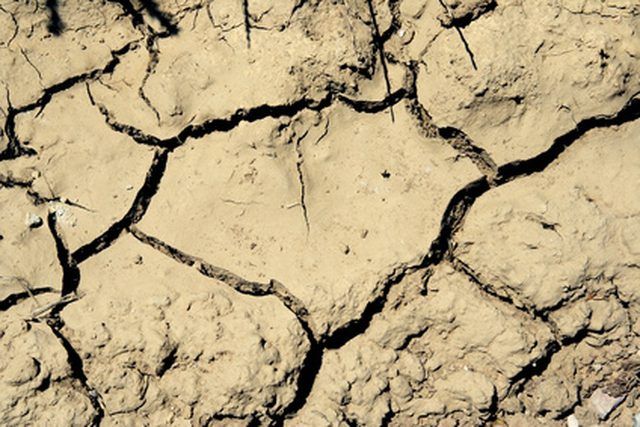Bulbs
Flower Basics
Flower Beds & Specialty Gardens
Flower Garden
Garden Furniture
Garden Gnomes
Garden Seeds
Garden Sheds
Garden Statues
Garden Tools & Supplies
Gardening Basics
Green & Organic
Groundcovers & Vines
Growing Annuals
Growing Basil
Growing Beans
Growing Berries
Growing Blueberries
Growing Cactus
Growing Corn
Growing Cotton
Growing Edibles
Growing Flowers
Growing Garlic
Growing Grapes
Growing Grass
Growing Herbs
Growing Jasmine
Growing Mint
Growing Mushrooms
Orchids
Growing Peanuts
Growing Perennials
Growing Plants
Growing Rosemary
Growing Roses
Growing Strawberries
Growing Sunflowers
Growing Thyme
Growing Tomatoes
Growing Tulips
Growing Vegetables
Herb Basics
Herb Garden
Indoor Growing
Landscaping Basics
Landscaping Patios
Landscaping Plants
Landscaping Shrubs
Landscaping Trees
Landscaping Walks & Pathways
Lawn Basics
Lawn Maintenance
Lawn Mowers
Lawn Ornaments
Lawn Planting
Lawn Tools
Outdoor Growing
Overall Landscape Planning
Pests, Weeds & Problems
Plant Basics
Rock Garden
Rose Garden
Shrubs
Soil
Specialty Gardens
Trees
Vegetable Garden
Yard Maintenance
Gypsum Treatment for Clay Soil
Gypsum Treatment for Clay Soil. Clay in the soil is problematic for a few reasons. It retains water in wet periods, takes a long time to dry and when it finally does it feels like rock. Plant roots have a hard time pushing through such a heavy soil, frustrating gardeners. Fortunately, gypsum treatment can loosen up the clay soil, so plants and...

Clay in the soil is problematic for a few reasons. It retains water in wet periods, takes a long time to dry and when it finally does it feels like rock. Plant roots have a hard time pushing through such a heavy soil, frustrating gardeners. Fortunately, gypsum treatment can loosen up the clay soil, so plants and trees can grow there.
Clay
The particles of clay, being microscopic in size, pack together tightly to create a dense and heavy material that inhibit almost all growth. When this substance is in the soil of a garden it can be a nightmare for the gardener. Clay soils have poor drainage as the clay holds onto the water for a long time.
Gypsum
Gypsum's chemical composition is hydrous calcium sulfate. It is a soft mineral and is fairly common with many uses in many areas from foot creams to building walls. It also works well as a soil conditioner for those with clay soil. It can be purchased at hardware stores and is relatively inexpensive.
Gypsum Application
It should be noted that this method of loosening the clay in soil is not for a gardener who is looking for a quick fix. This process can take three years before results are seen, but it is easy to do. Gypsum is available as granules, which are then spread over the surface of the clay soil. The advantage with gypsum is that the ground does not need to be cultivated first, as the gypsum slowly absorbs into the ground. This process should be done once a year, usually in the fall.
Gypsum Treatment
Gypsum is slowly absorbed into the soil and into the clay. It forces the clay particles apart, which then allow moisture and air to widen the gaps. This process takes a long time but afterward the once hard soil is broken up and loose. Gypsum is not a dangerous substance, does not burn and is considered nontoxic for animals and humans.
How Much Gypsum To Use
The standard way to apply gypsum to a garden is to spread it around with a seeder. Cover the surface evenly at the rate of one 40 lb. bag of gypsum per 1,000 square feet of garden. Water the garden immediately to start the absorption of the gypsum into the soil.